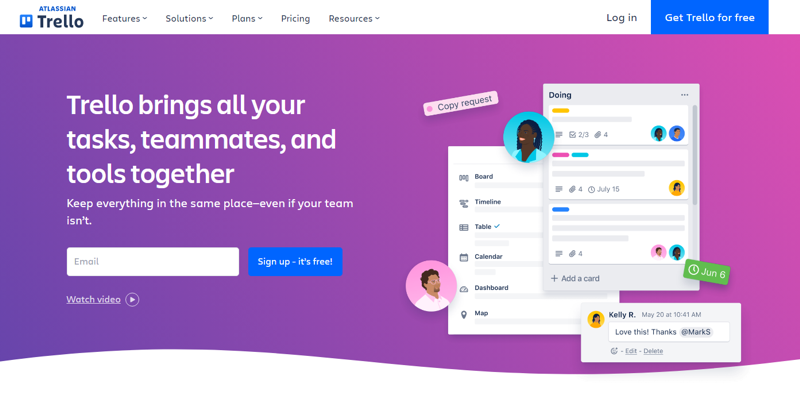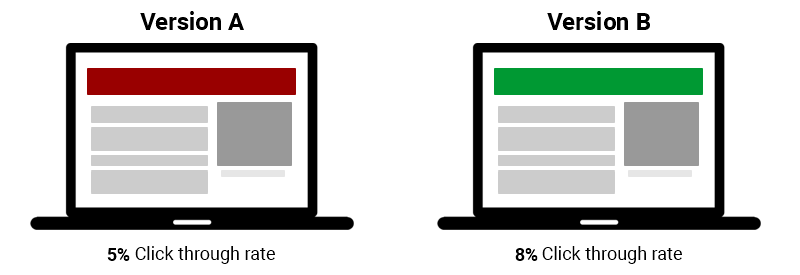What are the types of copywriting?
Now that you know who copywriters are and some of the places where they commonly work - Let's take a look at some of the most frequent kinds of work they do.
Adversiting copywriting
Advertising copywriting is used exclusively to promote a specific product, service, or brand. It is often used in print, radio, TV, or online ads. The goal of ad copywriting to create an attention-grabbing message that will make the target audience take action, such as making a purchase or visiting a website.
Direct response copywriting
Direct response copywriting is designed to elicit an immediate response from the reader. This response can be making a purchase, filling out a form, or subscribing to a newsletter. You will often see it in email marketing, sales letters, and landing pages.
B2C copywriting
Business-to-Consumer copywriting is targeted towards consumers or individuals. It is designed to appeal to the emotional needs and desires of the target audience, such as the need for convenience, affordability, or luxury. B2C copywriting can be found in product descriptions, website copy, and social media ads.
B2B copywriting
Business-to-Business copywriting is aimed at businesses and organizations. It is focused on the features, benefits, and value proposition of a product or service. B2B copywriting can frequently be found in white papers, case studies, video productions, websites, and email campaigns.
Social media copywriting
Copywriting is used in social media to engage and interact with followers on different social platforms. It is often short and punchy copy. And it is created with a focus on building relationships and generating buzz. Social media copywriting is often found in Tweets, Facebook posts, Youtube videos, and Instagram captions.
Content marketing
Copywriting is used in content marketing to educate, inform, and entertain the target audience. It is focused on creating valuable content that attracts and retains customers. This kind of copy can be found in blog posts, explainer videos, and ebooks.
SEO copywriting
This type of copywriting has a single goal: To improve the ranking of a website in search engine results. It involves the strategic use of keywords, meta tags, and other optimization techniques to make the content more relevant and visible. SEO copywriting can be found in website copy, blog posts, articles, podcasts, and videos.
Technical copywriting
This particular kind of copywriting is used to explain complex technical concepts or products in a clear and concise manner. It is often used in user manuals, technical specifications, and product descriptions.



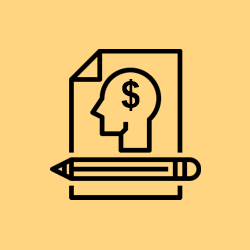
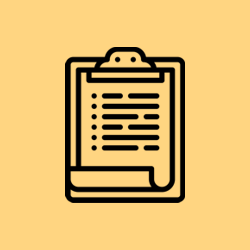

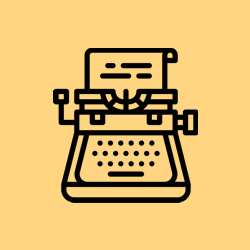
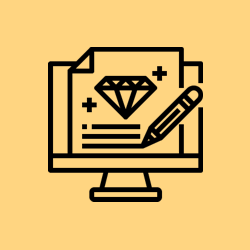



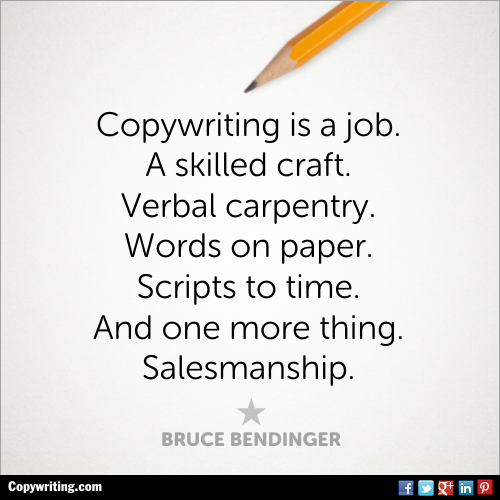







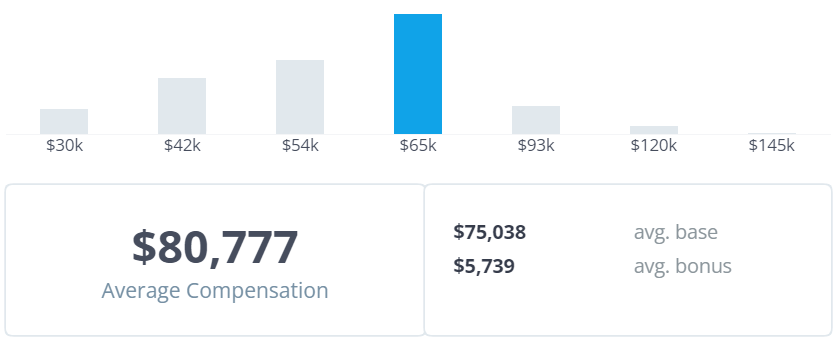


 Show 'em how smart you're getting!
Show 'em how smart you're getting!




 Share.
Share. 




